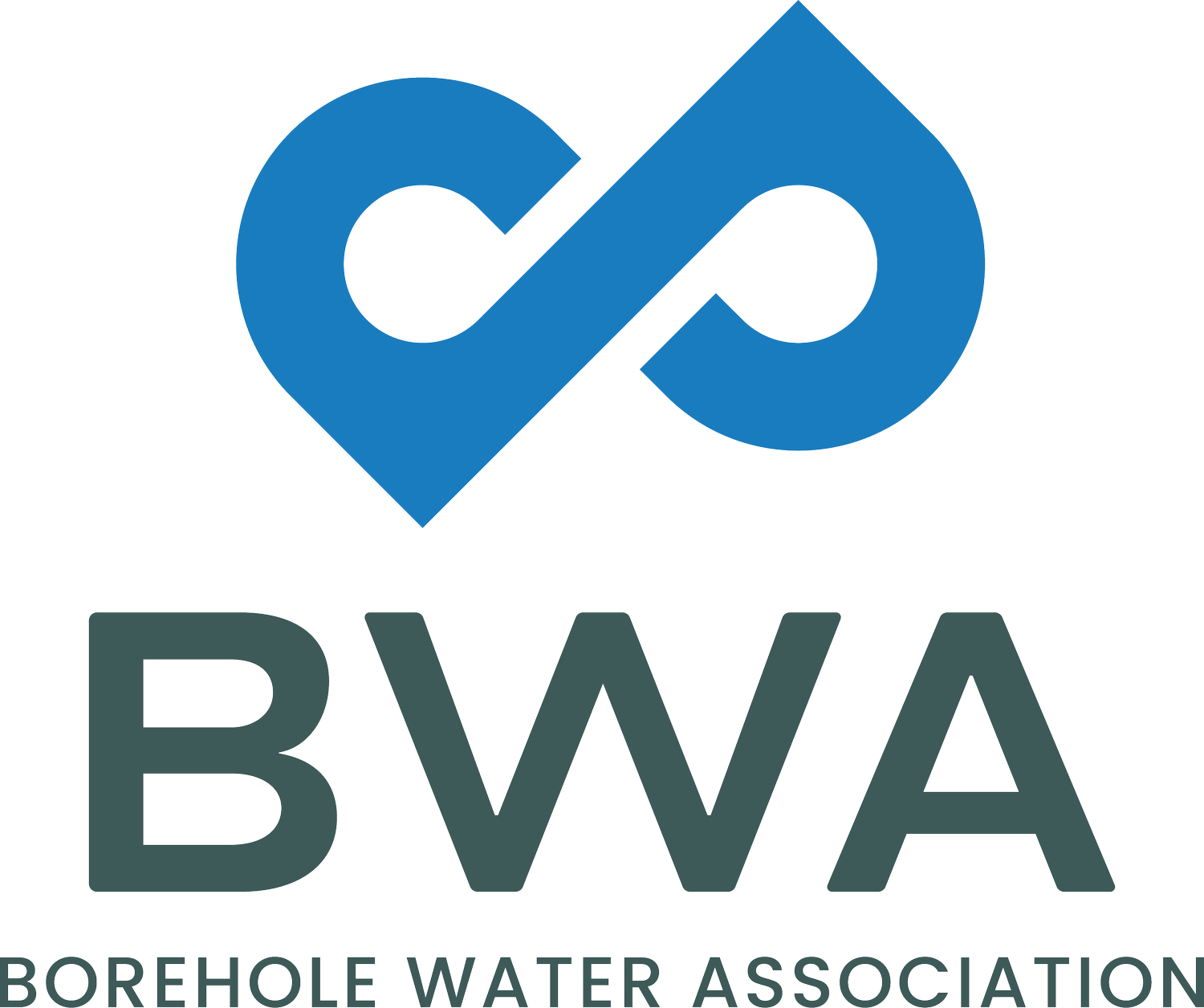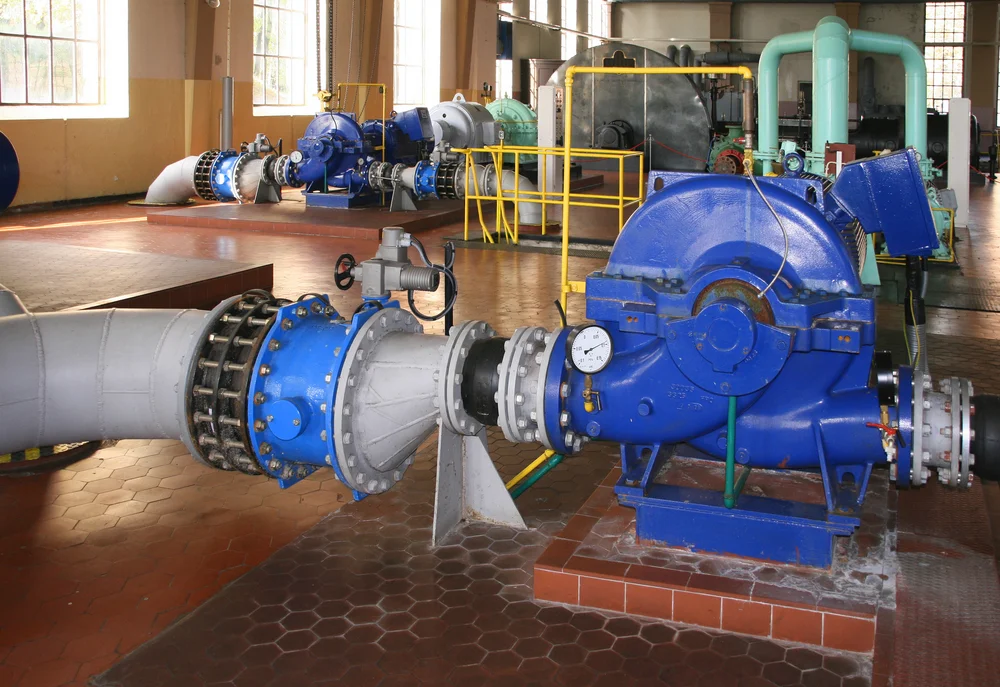Selecting the right borehole pump
/We encourage pump installers and suppliers to share the link of this article with their customers and potential customers, so that all parties are clear about the expectations of pump selection.
So the borehole is drilled and now it’s time to install a pump. In this article, we go through the factors that a reputable pump installer would consider when selecting a pump for a borehole installation. The aim is that you, the end-user, understand why a particular pump has been selected for your borehole.
First, it’s important to understand that choosing a pump is a very important step in getting the most value out of your borehole.
Why is it so important to select the right pump?
While the initial cost of the pump is an important consideration, the lifespan cost of owning the borehole installation should also be considered. The graph below (from Europump and the American Hydraulic Institute) shows that the capital cost of the pump will be less than 10% of the total cost of owning the borehole installation over its lifespan.
Pump Life Cycle Costs (%)
Over and undersized pumps are very inefficient. They consume a lot of extra energy relative to the amount of water delivered. In addition to this, pumps that are energy inefficient will have relatively short periods between breakdowns. So selecting the right pump – even if it is more expensive in the short-term – will be highly beneficial over the lifespan of the installation.
It’s clear that choosing the right pump is very important, but with all the options on the market, where do you start? Here are the factors that you’ll need to consider.
Pump application
What do you plan on doing with the water that you pump from your borehole? Here are some examples of applications that we see at the BWA:
Garden irrigation
Using a sprinkler irrigation system
Using a hosepipe
Filling a tank or reservoir
Household use
Farm applications
Crop irrigation
Water for livestock
Mine dewatering
These different applications will each require very different pumps.
Flow rate and pressure
Whatever the application, it comes down to two primary factors – the amount of water to be moved (or flow), and the pressure that must be generated to get the water to where it is needed.
Based on your application, you will have an idea on what flow rate and pressure you are aiming for. For example, a garden irrigation system with micro-jets will require high pressure, but lower flow; watering with a hosepipe will require lower pressure, but much flow; and if you’re filling up a tank, you could probably get by with low pressure and low flow.
Pumping distance
The water will start underground and eventually be delivered to its endpoint by the pump. There are a few legs to this journey:
From below-ground to the top of the borehole (depth of the borehole)
From the top of the borehole to the delivery point (horizontal distance)
From the top of the borehole to the highest point the water will be pumped to (ground elevation)
Depth of the borehole
The contractor will be able to tell you the average depth of the water in your borehole. Pumping water up vertically takes a lot of effort, so a deep borehole will require a much more powerful pump than a shallow borehole. As a guide, you will need 1 bar of pressure for every 10m of your borehole.
Horizontal distance
Once the water has been pumped vertically from below the ground to above the ground, it needs to be taken to its final endpoint. The further away this endpoint is from the top of the borehole, the more pressure is required.
Ground elevation
If there is a difference in height between the top of the borehole and the water’s endpoint (the ground elevation), then this should also be factored into the pump selection process, as it will require additional energy from the pump.
Borehole recharge rate
Bear in mind that the depth of the water is an average measurement. The water level in a borehole will drop as it is pumped out of the borehole, and rise as it is recharged (more on borehole recharge here). The borehole’s recharge rate should also be considered when selecting a pump, particularly where the application involves dewatering.
Borehole diameter
Each borehole will be drilled to a specific diameter. The diameter of the borehole will dictate the diameter of the submersible pump that will need to be used in the borehole. Here, you’ll have to do a bit of a cost balancing act, because a pump with a small diameter will generally need to have more stages or impellers than a pump with a larger diameter to achieve the same output.
Pipe diameter
Sizing of the pipes in the installation is also very important to achieve good results from your borehole. A small pipe diameter will create more friction than a larger-diameter pipe, so more pressure and hence more kilowatts will be required to account for the friction loss.
Total Dynamic Head
The pump installer or contractor will need to calculate the Total Dynamic Head (TDH) of your installation, which will also help to determine which pump to select. TDH considers the above ground elevation, pipe diameter, pipe length, standing water level and drawdown level. You can find more details about TDH here, but for our purposes, you should check that the person selecting your pump has considered the TDH and has taken this into account when making the final selection.
Get the best return on investment!
Bear in mind that pumps have limits to what they can do. If the range of duties is small, selection becomes much easier; but if there are many duties to cover, you may find yourself having to make some compromises. However, if the above factors are considered, then you have the best chance of selecting a pump that will give you the best return on your borehole investment.







